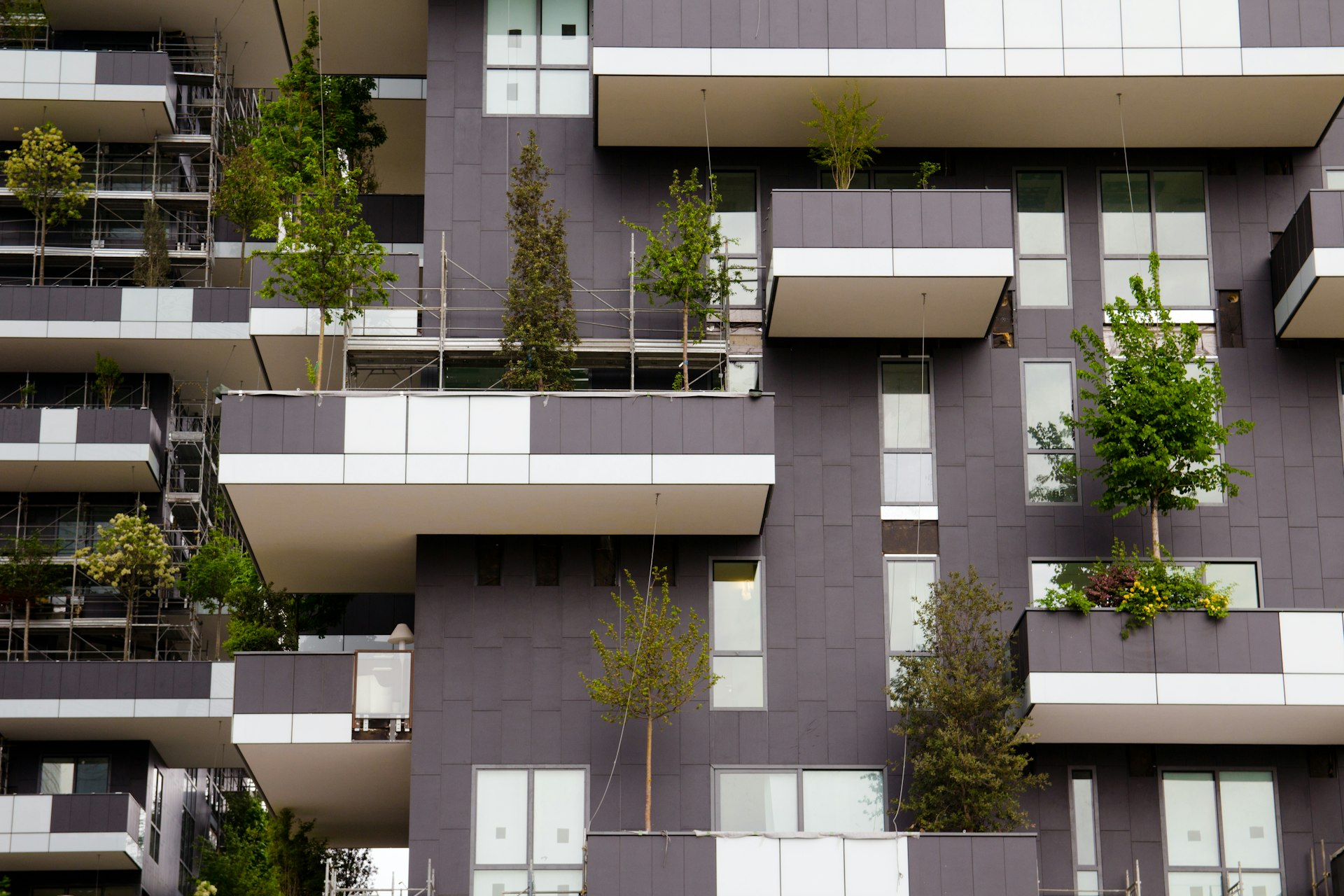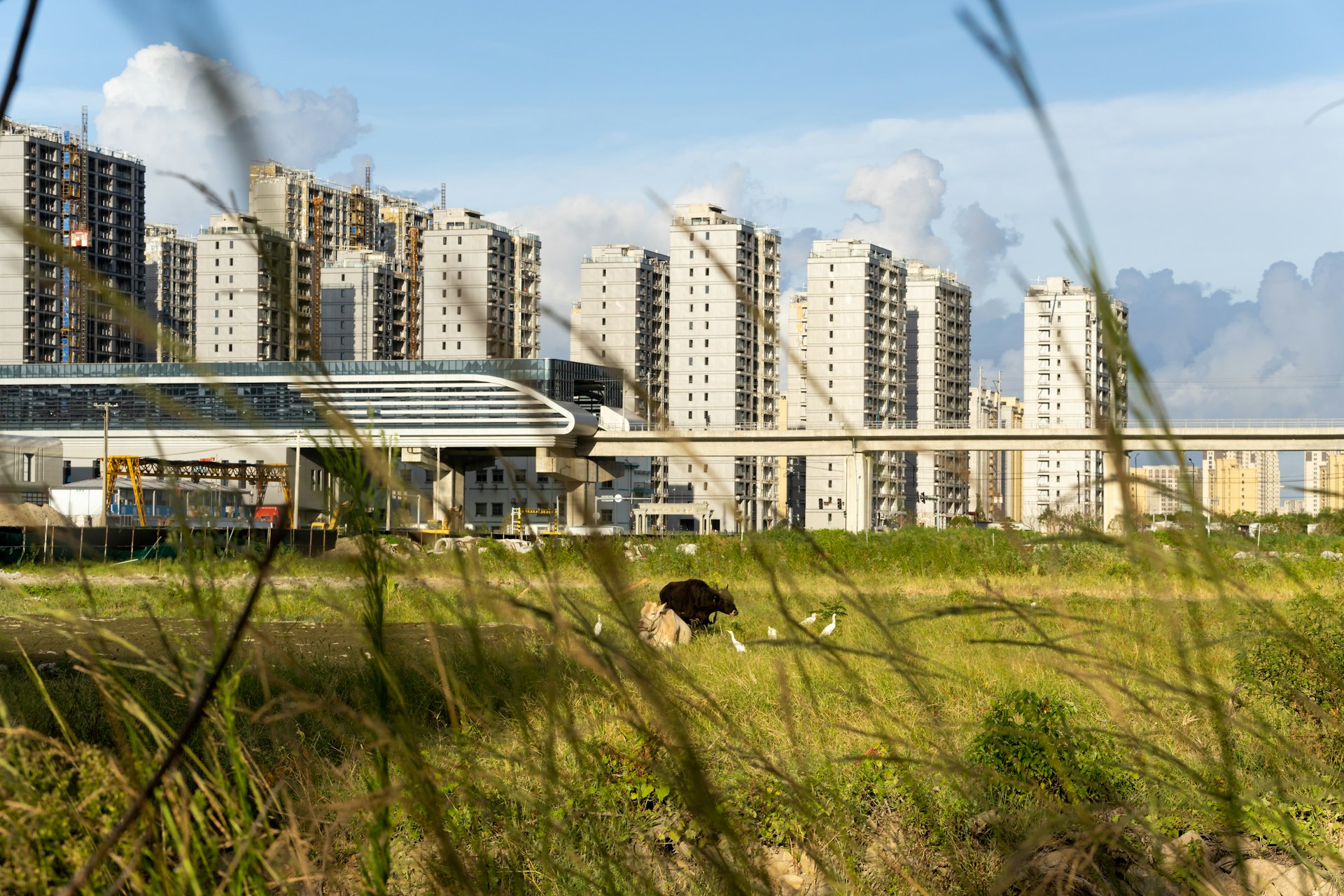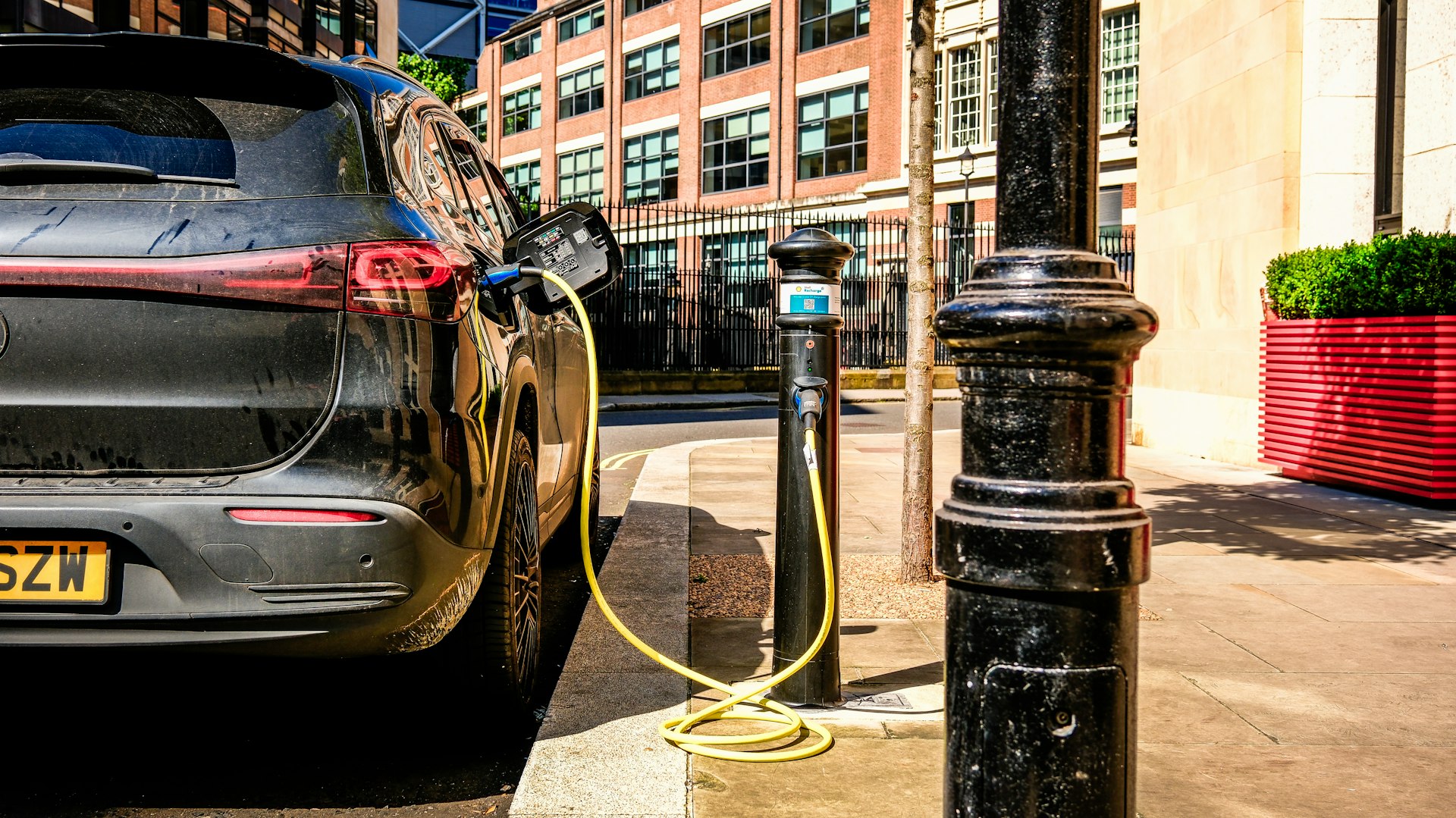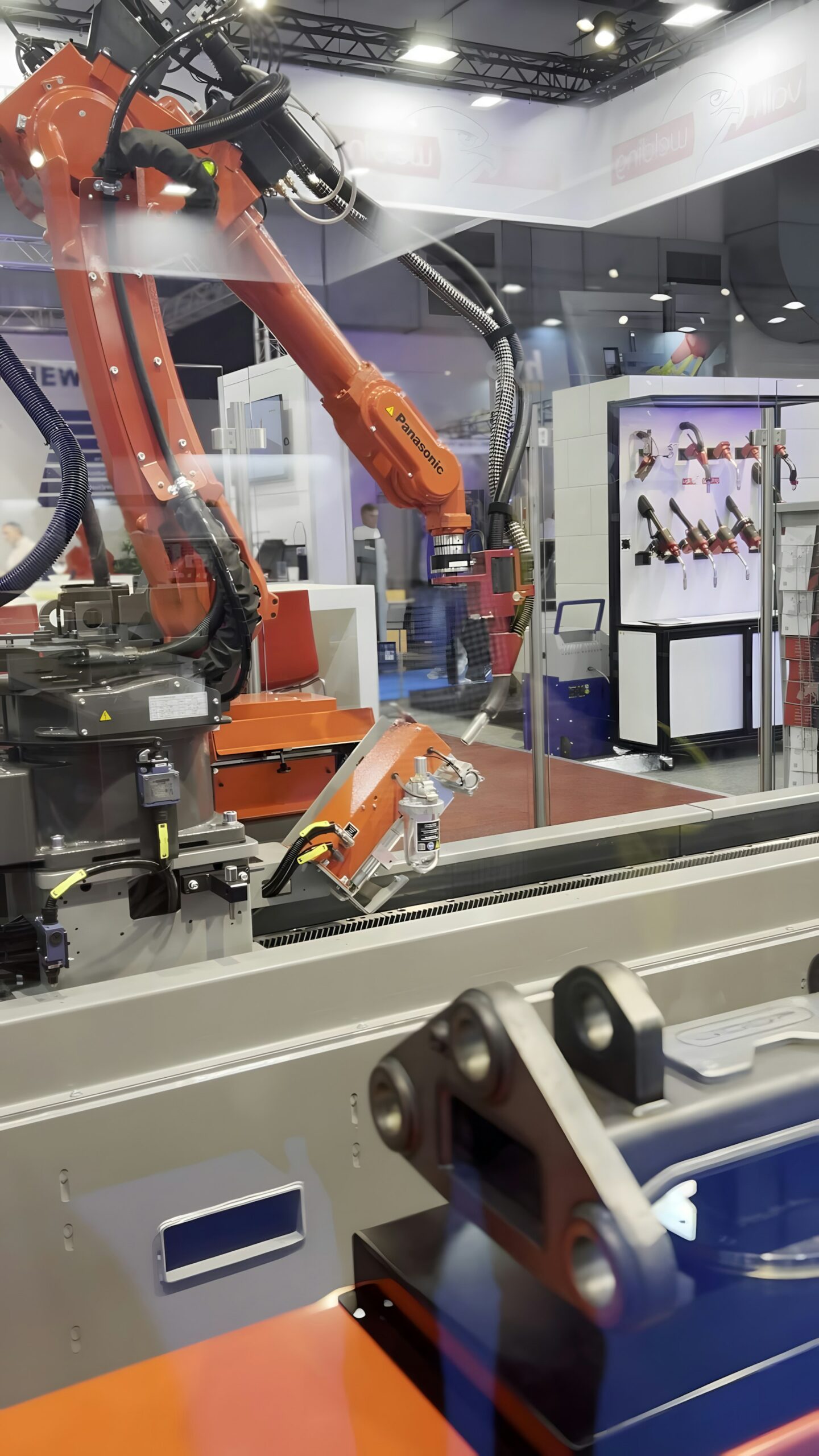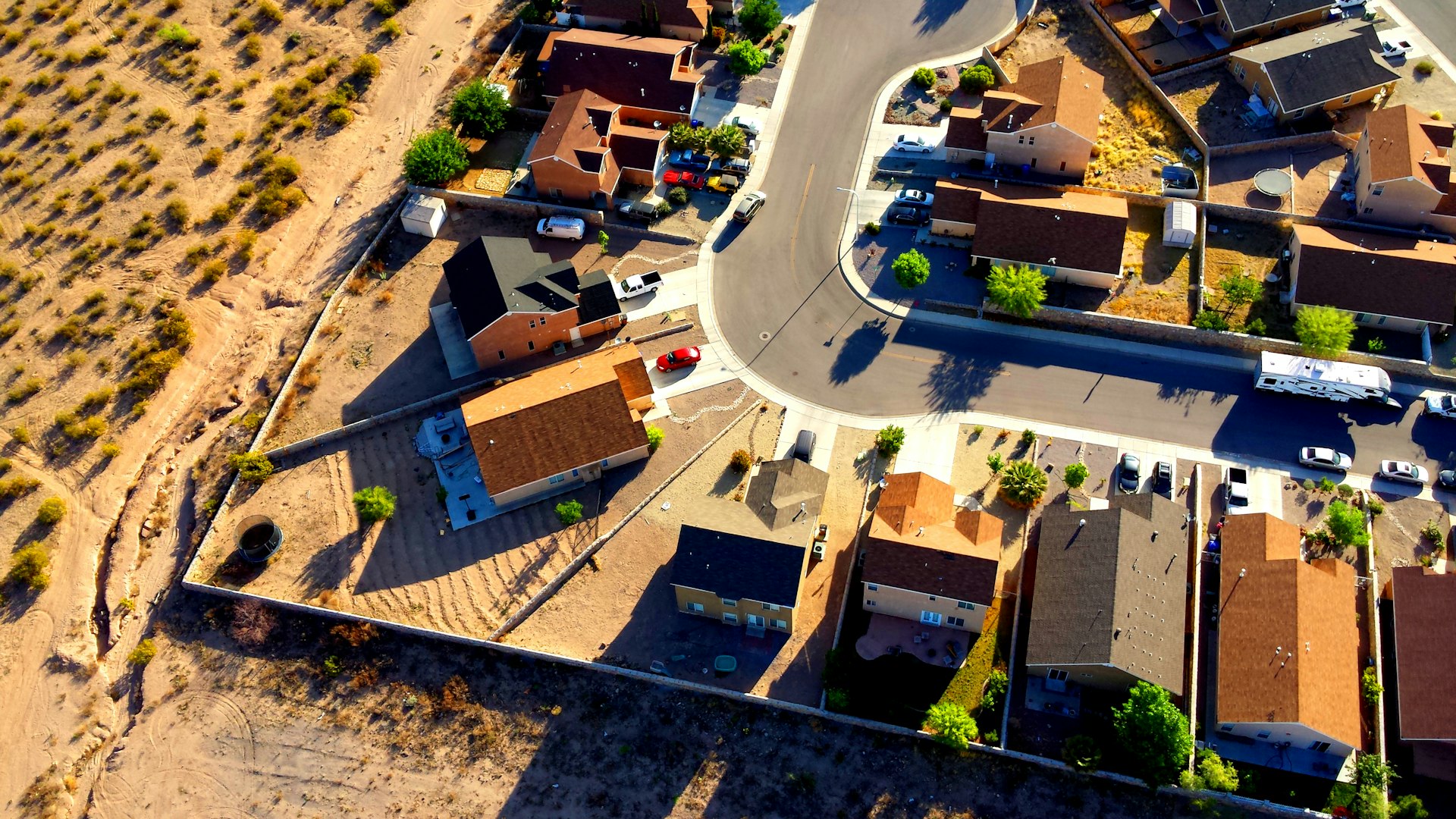Unlocking Value: The Rise of Adaptive Reuse in Modern Real Estate Development

Photo by Timon Studler on Unsplash
Introduction: Transforming the Past for a Sustainable Future
Across cities and towns, a growing number of real estate projects are breathing new life into aging structures. Rather than demolishing old factories, schools, or office buildings, developers are opting to repurpose existing buildings for entirely new uses. This process, known as adaptive reuse , is rapidly gaining traction due to its economic, environmental, and cultural benefits [1] . As real estate markets evolve and sustainability becomes a priority, understanding adaptive reuse is essential for investors, property managers, and community leaders alike.
What is Adaptive Reuse in Real Estate?
Adaptive reuse refers to the
conversion of existing buildings for new purposes
-for example, transforming an old warehouse into modern apartments or converting a school into a co-working space
[1]
. Unlike traditional redevelopment, which often involves demolition and new construction, adaptive reuse preserves much of the original structure, blending historic character with modern functionality. This approach is often described as
recycling for real estate
-a creative, cost-effective, and climate-conscious solution to urban development
[2]
.
Key Benefits of Adaptive Reuse Projects
Adaptive reuse is favored for several compelling reasons:
- Environmental Sustainability: By retaining existing structures, adaptive reuse significantly reduces construction waste and the carbon footprint associated with new buildings [2] . It also minimizes the need for new materials and lessens landfill use.
- Historic and Cultural Preservation: Many adaptive reuse projects preserve the unique architectural features and heritage of a community, maintaining a tangible link to the past [1] .
- Economic Advantages: Repurposing buildings can be more cost-effective than new construction, especially when factoring in demolition costs and existing infrastructure [2] . Adaptive reuse often attracts tenants and buyers who value distinctive, character-rich spaces.
- Community Revitalization: Bringing new uses to underutilized or vacant buildings can revitalize neighborhoods , stimulate local economies, and increase property values [4] .
- Efficient Land Use: Adaptive reuse leverages existing infrastructure and often integrates with established transportation and utility networks, making it a sustainable choice for urban infill projects [3] .
Types of Adaptive Reuse Projects
Adaptive reuse encompasses several different approaches, each suited to particular project goals and building conditions:
- Renovation: Updating a building’s interior for a new purpose while making only minor changes to the exterior. Example: Converting a grocery store into a healthcare facility [5] .
- Integration: Constructing a new shell or structure around an existing building, often blending old and new architectural elements [5] .
- Preservation: Maintaining the historic exterior and architectural details while updating systems to meet current codes and uses [4] .
- Facadism: Retaining the building’s historic façade while replacing much of the structure behind it.
- Greyfield and Brownfield Redevelopment: Revitalizing outdated commercial sites (greyfields) or remediating environmentally challenged properties (brownfields) for new uses [3] .
Real-World Examples and Case Studies
Successful adaptive reuse projects abound, offering inspiration and practical lessons:
- Industrial to Residential: Many major cities have seen old warehouses transformed into urban lofts and apartments, offering open floor plans and original architectural details [2] .
- Religious to Cultural: Historic churches have become event venues, museums, or community centers, preserving stained glass and steeples while serving new functions [2] .
- Healthcare in Retail Spaces: The Virtua Samson Cancer Center in Moorestown, NJ, repurposed a former grocery store, delivering essential services closer to the local community [5] .
For more detailed case studies, consider searching the Urban Land Institute or the American Institute of Architects for adaptive reuse project profiles.

Photo by Svetozar Cenisev on Unsplash
Step-by-Step Guidance for Pursuing Adaptive Reuse Projects
If you are considering an adaptive reuse project, follow these recommended steps to maximize your chances of success:
- Feasibility Analysis: Evaluate the building’s structural condition, code compliance, and potential for new uses. Engage architects and engineers familiar with adaptive reuse.
- Community Engagement: Consult local stakeholders early in the planning process. Understanding community needs can shape the project’s direction and ease regulatory reviews.
- Regulatory and Zoning Review: Review local zoning ordinances, building codes, and possible historic preservation requirements. Many municipalities offer incentives for adaptive reuse projects; contact your city’s planning or economic development department to inquire about available programs or grants.
- Financing and Incentives: Explore financing options, including tax credits for historic preservation, low-interest loans, and energy efficiency grants. Many federal and state programs may be available; search for “historic preservation tax credits” and “energy efficiency grants” on official government websites or consult with a certified public accountant who specializes in real estate incentives.
- Design and Construction: Work with experienced architects, engineers, and contractors who understand the unique challenges of retrofitting older buildings.
- Marketing and Leasing: Highlight the building’s unique features and sustainability benefits to attract tenants or buyers who value character and environmental responsibility.
Common Challenges and Solutions
While adaptive reuse offers many benefits, it also presents unique hurdles:
- Technical Complexity: Integrating modern building systems (HVAC, electrical, data) into older structures can be challenging. Solution: Engage specialized consultants early and budget for unforeseen conditions.
- Regulatory Barriers: Zoning restrictions and building codes may limit possible uses. Solution: Work closely with local officials and seek variances or special use permits where appropriate.
- Cost Uncertainty: Hidden damage or necessary upgrades can inflate budgets. Solution: Conduct thorough inspections and build contingencies into project planning.
Alternative Approaches and Complementary Strategies
Adaptive reuse is part of a broader movement toward sustainable and flexible urban development. Other strategies include:
- Mixed-Use Development: Combining residential, retail, office, and community spaces in one project to maximize utility and vibrancy.
- Incremental Redevelopment: Phased approaches to updating large sites, reducing upfront risk and adapting to market demand.
- Green Retrofitting: Incorporating energy efficiency and renewable energy upgrades when renovating older structures.
For additional guidance, consult industry groups such as the National Trust for Historic Preservation, the Urban Land Institute, or your local planning agency. You can also contact licensed architects and real estate consultants with expertise in adaptive reuse for personalized support.
Key Takeaways and Next Steps
The rise of adaptive reuse in real estate is reshaping cities, supporting economic growth, and advancing sustainability goals. Whether you are a property owner, developer, or community leader, exploring adaptive reuse can unlock value and transform underutilized assets. Begin by evaluating local opportunities, researching regulatory incentives, and assembling a team with relevant expertise. With careful planning and community engagement, adaptive reuse projects can deliver lasting benefits to both investors and neighborhoods.
References
- [1] HelloData (2024). What does adaptive reuse mean in real estate?
- [2] Causeartist (2023). Adaptive Reuse: Definition and Examples.
- [3] Michigan State University Extension (2023). The basics of adaptive reuse.
- [4] Arthur J. Gallagher & Co. (2023). Buildings of Future Past: Adaptive Reuse in Construction.
- [5] MBH Architects (2023). A Complete Guide to Adaptive Reuse in 2023.
MORE FROM smartsavingsfinder.com
